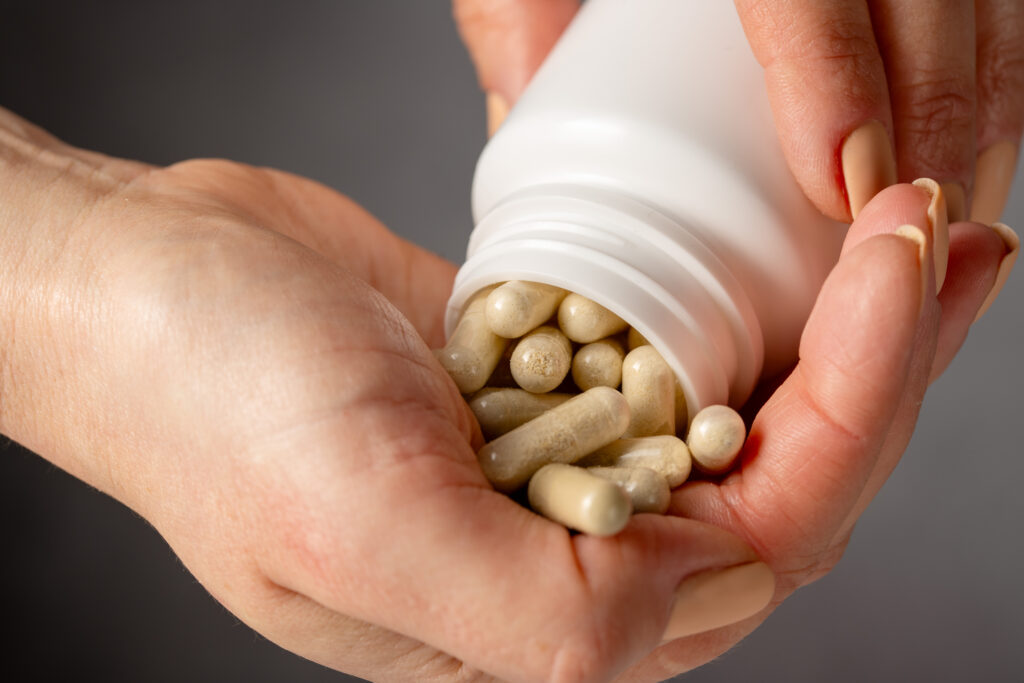What is an API (Active Pharmaceutical Ingredient)?
An Active Pharmaceutical Ingredient (API) is the biologically active component in a drug product that produces the intended therapeutic effect. It is the core substance responsible for treating, curing, or preventing disease. APIs are typically synthesized through chemical or biological processes and are highly regulated to ensure purity, potency, and consistency.
For example, in a pain relief tablet, ibuprofen is the API that reduces inflammation and pain. APIs are not administered directly to patients in most cases—they must be combined with other substances to become usable medications.
What is a Finished Dosage Form (FDF)?
A Finished Dosage Form (FDF) is the final, consumable version of a pharmaceutical product that contains the API along with excipients—inactive ingredients that aid in drug delivery, stability, and usability. FDFs are the forms in which medications are dispensed to patients, such as: tablets and capsules, injections and infusions, creams and ointments, nad inhalers and patches.
The FDF is fully packaged, labeled, and ready for distribution and use.


Role of APIs and FDFs in Drug Development
In the pharmaceutical development pipeline:
- APIs are developed first through research and synthesis.
- Once the API is proven effective and safe, it is formulated into an FDF.
- The FDF undergoes testing for stability, bioavailability, and patient usability.
- Both API and FDF must meet regulatory standards before approval.
This separation allows pharmaceutical companies to outsource API production or FDF manufacturing to specialized facilities or CDMOs (Contract Development and Manufacturing Organizations).
Key Differences Between APIs and FDFs
Feature
API
FDF
Definition
Active ingredient responsible for therapeutic effect
Final product ready for patient use
Form
Powder, crystals, or liquid
Tablet, capsule, injection, etc.
Purpose
Provides pharmacological activity
Delivers the API in a usable form
Manufacturing Stage
Intermediate
Final
Regulatory Focus
Purity, potency, synthesis
Stability, bioavailability, packaging
Understanding the difference between APIs and FDFs
- Supply Chain Management: APIs may be manufactured in one country and shipped to another for FDF production.
- Regulatory Compliance: Different guidelines apply to API synthesis and FDF manufacturing.
- Cost Efficiency: APIs are often produced in bulk, while FDFs require more complex, patient-ready processing.
- Quality Control: Each stage has unique testing requirements to ensure safety and efficacy.
This distinction also enables flexibility in production, especially in global pharmaceutical operations.
Regulatory Considerations for APIs vs. FDFs
Both APIs and FDFs are subject to strict regulatory oversight, but the focus differs:
- APIs: Must meet standards for identity, purity, potency, and manufacturing consistency. Regulatory bodies like the FDA, EMA, and WHO require detailed documentation of synthesis and quality control.
- FDFs: Must demonstrate stability, safety, and effectiveness in the final form. This includes packaging, labeling, and shelf-life testing.
Regulatory submissions often include Drug Master Files (DMFs) for APIs and New Drug Applications (NDAs) or Marketing Authorization Applications (MAAs) for FDFs.
Frequently Asked Questions
What happens if an API is unstable before it becomes a Finished Dosage Form?
If an API is chemically unstable, it may degrade before it can be formulated into a Finished Dosage Form. To prevent this, pharmaceutical scientists use stabilizing excipients, protective packaging, or modify the formulation process to preserve the API’s integrity until it reaches the patient.
Are Finished Dosage Forms always made by the same company that produces the API?
Not necessarily. Many pharmaceutical companies outsource either API production or FDF manufacturing—or both—to specialized Contract Development and Manufacturing Organizations (CDMOs). This allows for cost savings, access to expertise, and regulatory flexibility.
Can the same API be used in multiple Finished Dosage Forms?
Yes. A single API can be formulated into various FDFs depending on the therapeutic need and route of administration. For example, paracetamol (acetaminophen) is available as tablets, syrups, suppositories, and intravenous solutions.